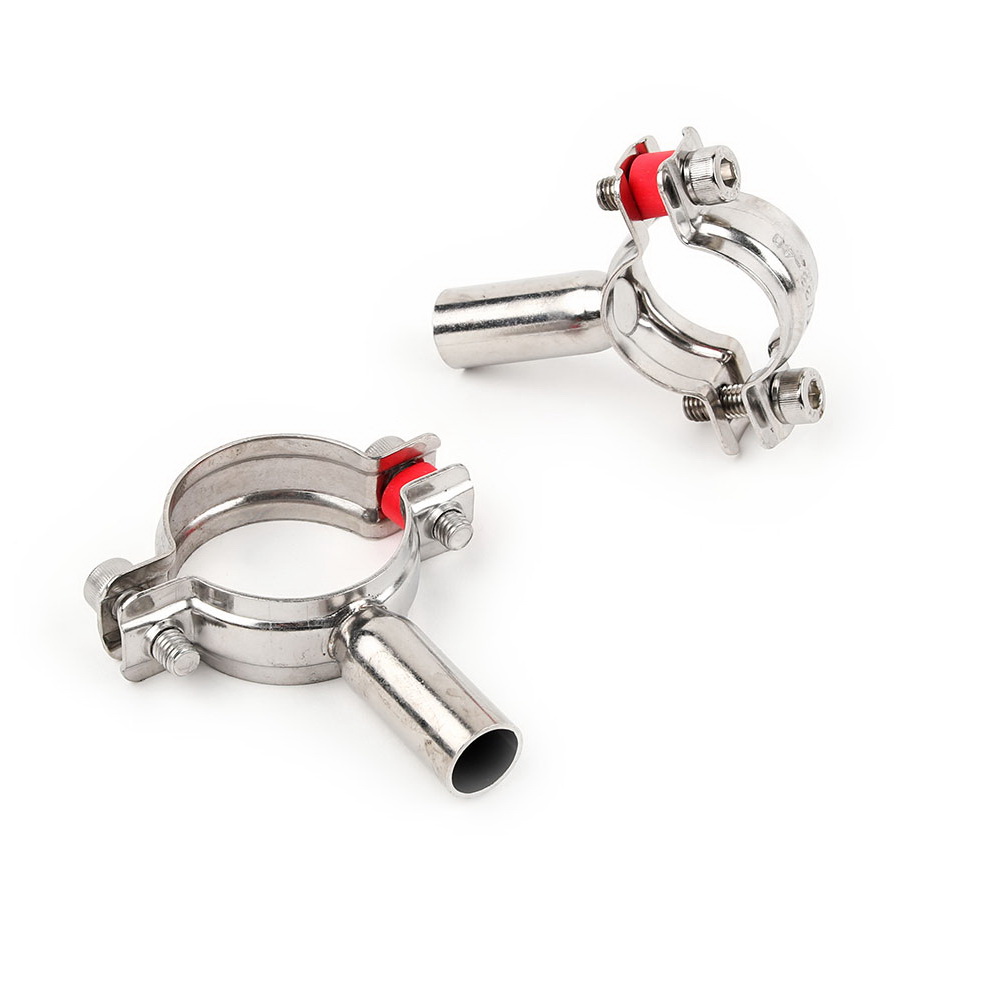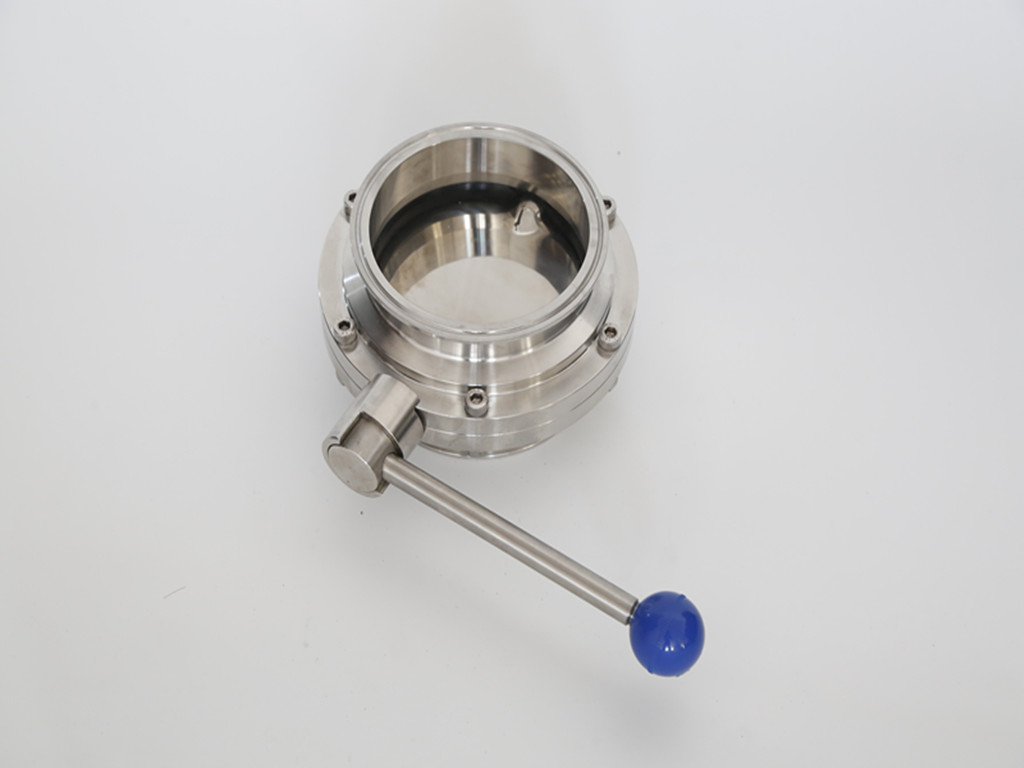When selecting the right wholesale Sanitary Three Way Ball Valve, understanding the differences between L-Port and T-Port configurations is key. These two designs serve distinct purposes, making it vital for businesses in industries like food processing, pharmaceuticals, and chemicals to choose wisely.
Tabla de contenidos:
L-Port vs T-Port: Which Sanitary Ball Valve Configuration Fits Your Flow Requirements
Application Scenarios for L-Shaped Sanitary Three Way Ball Valves
Flow Control Precision Differences Between Sanitary L and T Port Designs
Both valve types provide specific flow control capabilities, and your selection should align with your operational needs. This guide explores their unique designs, applications, and flow control precision to help you make an informed decision for your business.
L-Port vs T-Port: Which Sanitary Ball Valve Configuration Fits Your Flow Requirements
L-Port and T-Port designs in Sanitary Three Way Ball Valves cater to different flow patterns and system requirements. An L-Port valve is designed to direct the flow between two out of three ports, making it ideal for switching pipe connections or isolating a line. This configuration is best suited for applications requiring separation or redirection. On the other hand, T-Port valves allow flow through all three ports simultaneously or through a combination of two ports, enabling more complex flow arrangements. This makes T-Port valves effective in applications that demand mixing, diversion, or circulation of mediums. By choosing the right configuration, businesses can optimize their operational processes, streamline workflows, and enhance overall efficiency. This not only boosts productivity but also minimizes errors and reduces downtime, ensuring smoother day-to-day operations.
Application Scenarios for L-Shaped Sanitary Three Way Ball Valves
The L-Shaped Sanitary Three Way Ball Valve configuration is an excellent solution for industry-specific applications where switching or isolating flow lines is essential for maintaining efficiency and safety. Designed with precision, this valve is particularly beneficial in sectors such as food and beverage, where it can effectively separate cleaning fluids from production lines. By doing so, it not only prevents contamination but also upholds strict hygiene standards that are critical for ensuring product quality and compliance with regulatory requirements. Similarly, in the pharmaceutical industry, L-Port valves play a key role in isolating critical processing streams during batch production, allowing for greater control and reducing the risk of cross-contamination. Additionally, their versatility and durability make them a reliable choice for operations that demand consistent performance in high-pressure or sensitive environments. Additionally, they are widely used in chemical industries where different process lines require selective routing of fluids or gases. With its straightforward capability to isolate and redirect flow, the L-Port sanitary valve simplifies system setups, ensuring safety and enhanced efficiency.
Flow Control Precision Differences Between Sanitary L and T Port Designs
When comparing the precision of flow control, the design of L-Port and T-Port Sanitary Ball Valves plays a pivotal role. L-Port valves are known for their highly controlled switching between two ports, ensuring minimal risk of leakage or flow errors. They are excellent for systems demanding precise isolation and direction control. Meanwhile, T-Port valves offer superior versatility in flow distribution, blending, or mixing tasks, allowing users to engage two or three ports simultaneously. This makes T-Port valves more suitable for complex systems requiring multi-directional flow. Whether your application requires precision in switching or flexibility in routing, understanding the differences between these functionalities is essential. Precision in switching allows for exact and reliable transitions, ensuring minimal errors and consistent performance. On the other hand, flexibility in routing provides adaptability, enabling your system to handle diverse scenarios and changing requirements. Gaining a deeper understanding of these aspects ensures improved efficiency, optimized workflows, and better overall performance in your operational processes.
Choosing between an L-Port and T-Port Sanitary Three Way Ball Valve depends on your specific system requirements. Factors such as flow direction, isolation needs, and operational complexity will guide your decision. Both configurations bring unique advantages to the table, enabling businesses in diverse industries to operate smoothly, efficiently, and safely. For expertly crafted options, consider sourcing from a trusted Sanitary Ball Valve manufacturer. HongTai Valve, a reputable wholesale Sanitary Three Way Ball Valve provider, offers high-quality, precision-engineered valves with the adaptability needed to meet rigorous industry standards. With advanced designs built for hygiene and optimal functionality, you can confidently upgrade your flow control systems.





